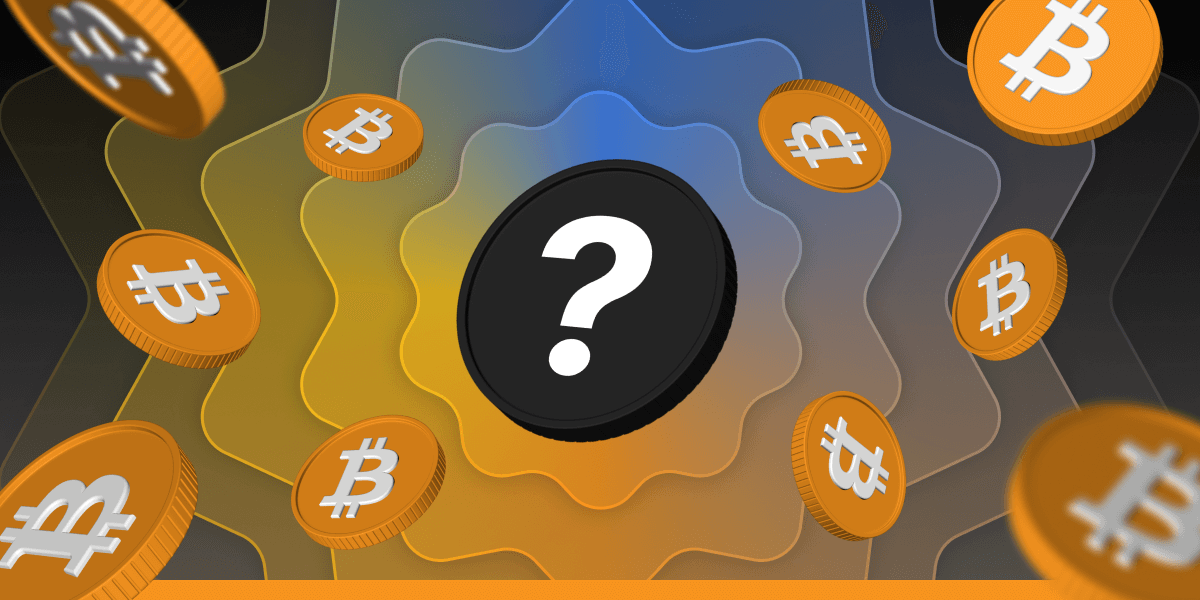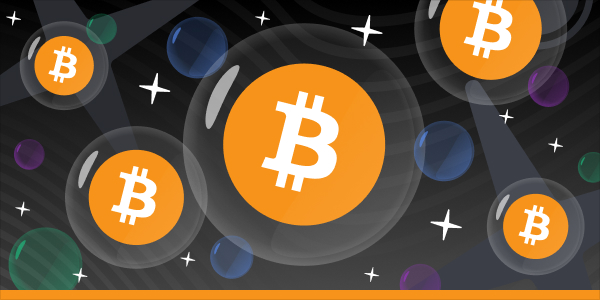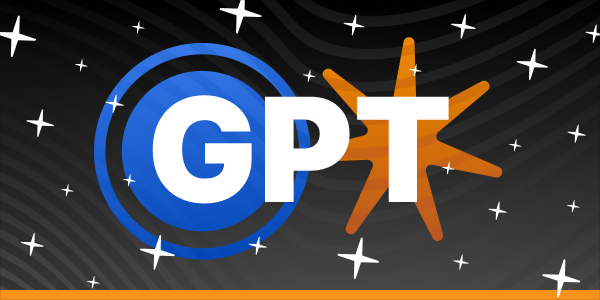NC Wallet News
View allGet to Know the Basics
What is Token?

The cryptocurrency world consists of many terms. But by far the word that gets confused the most is token. Are they the same as the crypto coins that we hear so much about? Or is it something completely different? In this article, you will find the answers to all these questions.

Tokens are crypto assets that run on top of another cryptocurrency’s blockchain.
It means that those assets are not built on their own blockchain but the already existing one. For example:

Ether (ETH) is built on its own blockchain, Ethereum, which by definition makes it a coin.
Shiba Inu, on other hand, is also built on Ethereum. Yet it is not the blockchain’s native currency which makes it a token.

Tokens are created using various token standards. Those are simply a set of criteria that outlines rules and technical specifications tokens must follow to function optimally on the blockchain. Most often you will see such standards as ERC-20, BEP-20, ERC-777, etc.
The work of tokens is implemented through a software protocol most known as a smart contract. In short, that is a special code that outlines the features and functions of the token.

There are a lot of different types of token classifications but in general, there are two main ones you will see the most:
Classification by functionality
Classification by features
The crypto industry is continuously growing and each day introduces us to even more tokens. More usage ways are being produced and in the future, we will most definitely see even more implementations of this innovative technology.

Now you know what crypto tokens are! It is time to explore their wide variety and use them with full confidence!

Recently Added

Crypto Myths Debunked: Is Bitcoin Just a Fad?

ChatGPT to Boost Blockchain Security, What’s Next?


 en
en de
de
 fr
fr
 es
es
 it
it
 ru
ru
 pt
pt